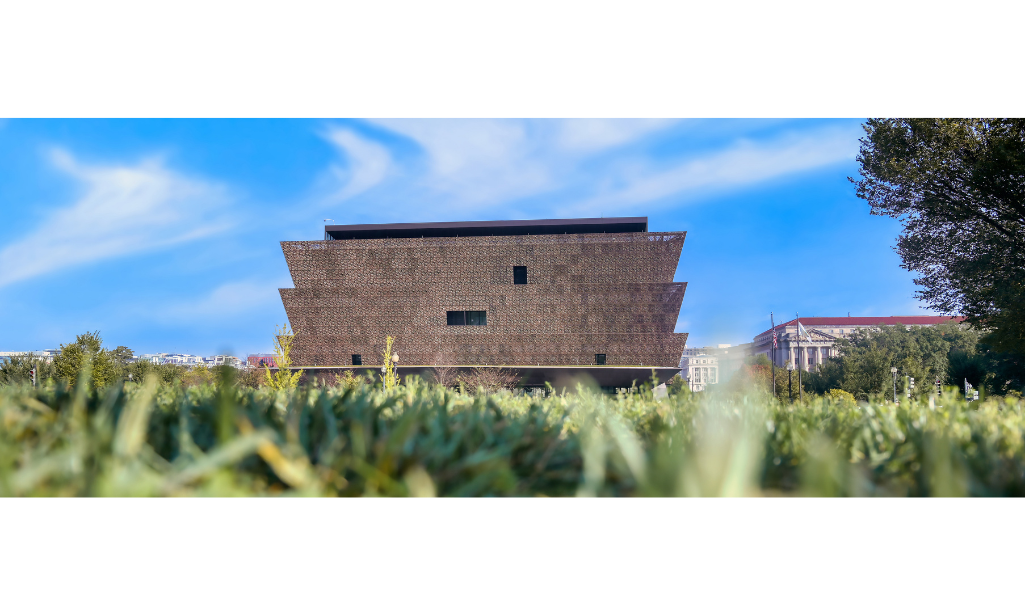As we commemorate Black history throughout the month of February, we’d be remiss if we did not discuss the Smithsonian’s National Museum of African American History & Culture (NMAAHC)…particularly their National Collection.
What Is The National Collection?
The National Collection is like a virtual time machine that takes you through the complex history of African Americans. It begins in the 1500s with authentic Venetian glass trade beads traced back to the days of slavery in Africa. It ends in the present, with photographs and other artifacts from recent social justice activism efforts.
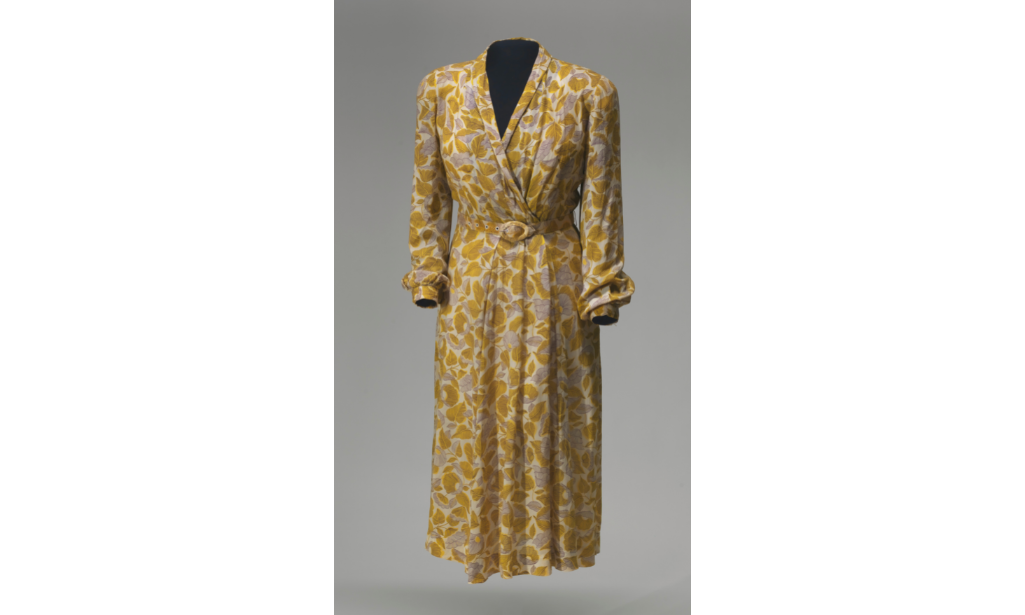
In between is a mix of authentic artifacts ranging from historic photographs, drawings, and documents to costumes, sports memorabilia, books, and pieces of furniture–all with historical African American connections.
Artifact Categories
You can navigate the National Collection by topic. These include:
- American West: Artifacts from western America that date back to the 1820s. Includes items such as a written bill of sale for a 16-year-old Black girl.
- Black Lives Matter: Hundreds of photographs and signs from the 2000s that detail recent events involving activism, police brutality, and race relations.
- Latinx: Objects related to slavery and colonialism in Latin America, the history of U.S. and Latin American relations, and photos of Latinx communities through the United States.
- LGBTQ+: Artifacts regarding LGBTQ+ activism, from Stonewall and early Gay Pride celebrations to the social justice uprisings of 2020, as well as the fight for gender equality and identity rights.
- Civil Rights: Photographs and artifacts dating back to the 1830s, through the Civil Rights Movement of the 1950s and 1960s, into present time.
Other topics to explore include Clothing and Dress, Education, Family, Literature, Military, Music, Photography, Politics, Religion, Slavery and Freedom, Sports, the Tulsa Race Massacre, and Visual Arts.
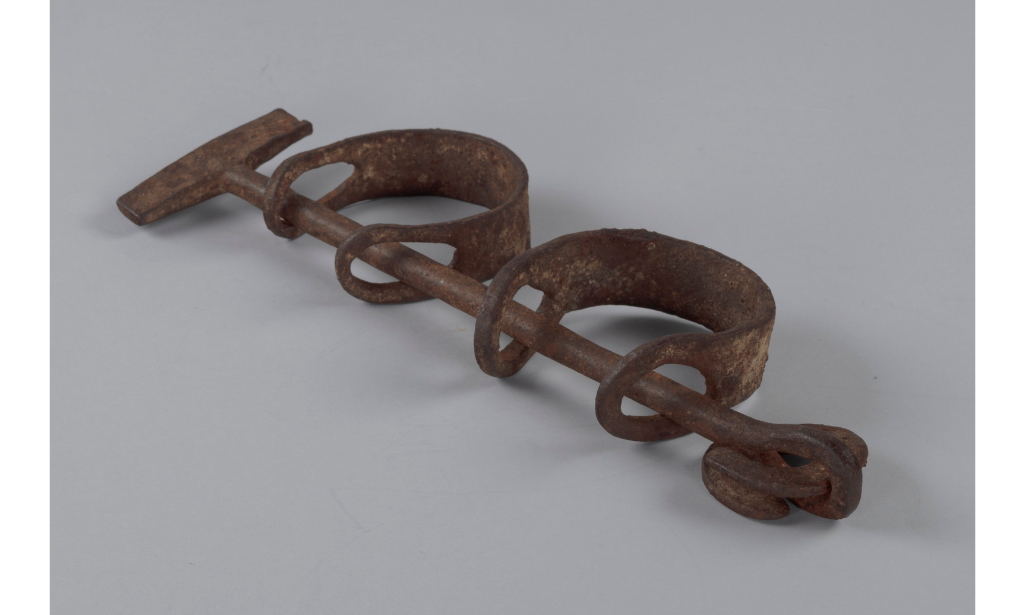
Within each category, explore donated items of historical significance, such as wrought-iron leg shackles worn by slaves, a ticket for the funeral services of Dr. Martin Luther King Jr., a dress worn by Ella Fitzgerald, a proof copy of the first printing of The Fugitive Slave Act of 1850, an unpublished CD-ROM copy of “Slick Rick the Ruler Medley Mix” by legendary British-American rap artist Slick Rick, one of Louis Armstrong’s trumpets, a baseball signed by Jackie Robinson the the 1953 Brooklyn Dodgers, and “riot pennies” that were charred during the 1921 Tulsa Race Massacre, just to name a few.
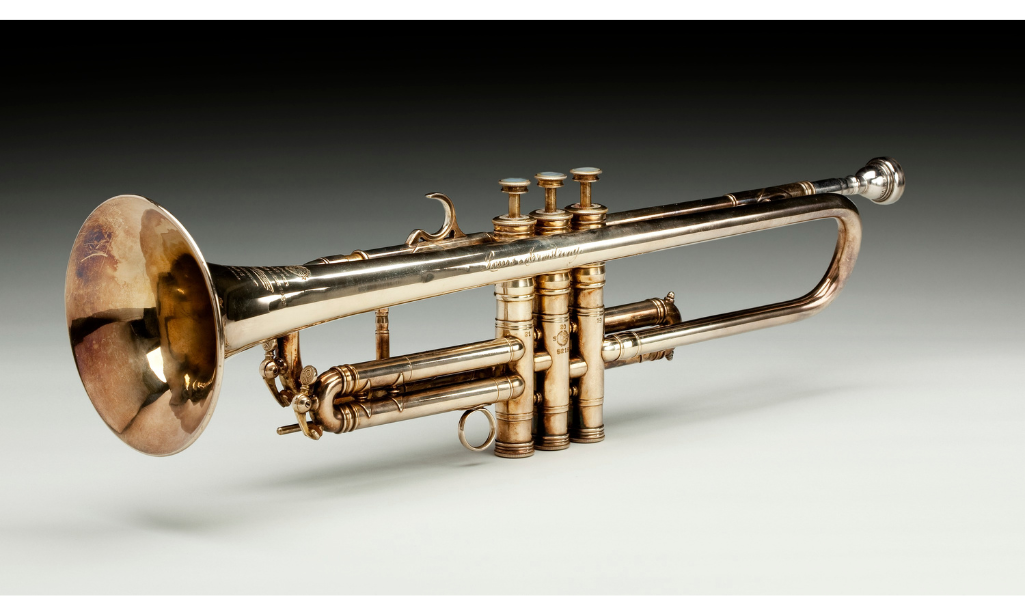
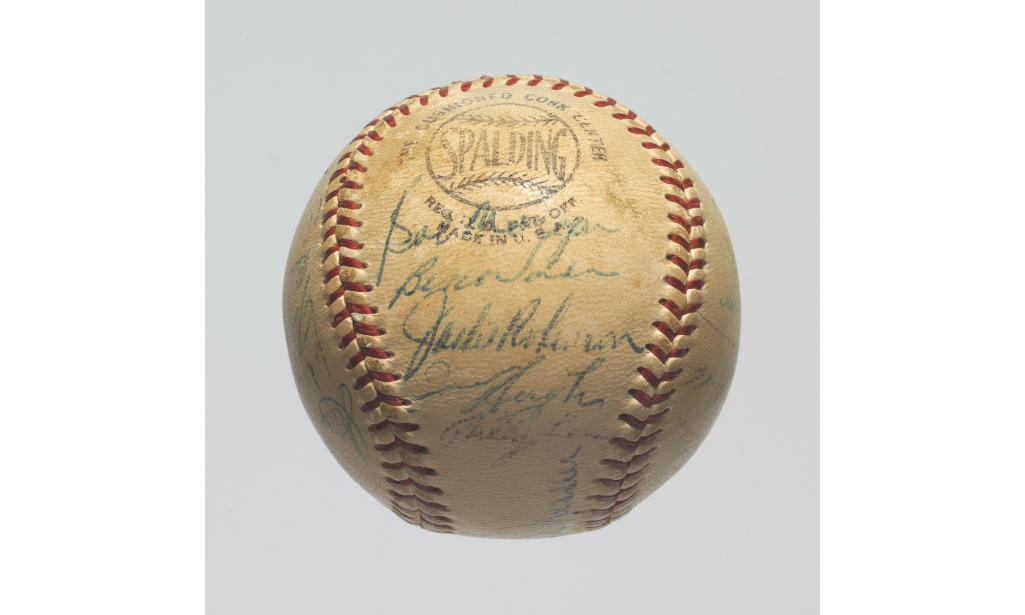
About the Museum
The NMAAHC is the only national museum exclusively devoted to documenting African American life, history, and culture. The Museum opened in September 2016 as the 19th museum of the Smithsonian Institution. To date, it has more than 40,000 artifacts and nearly 100,000 individual members.
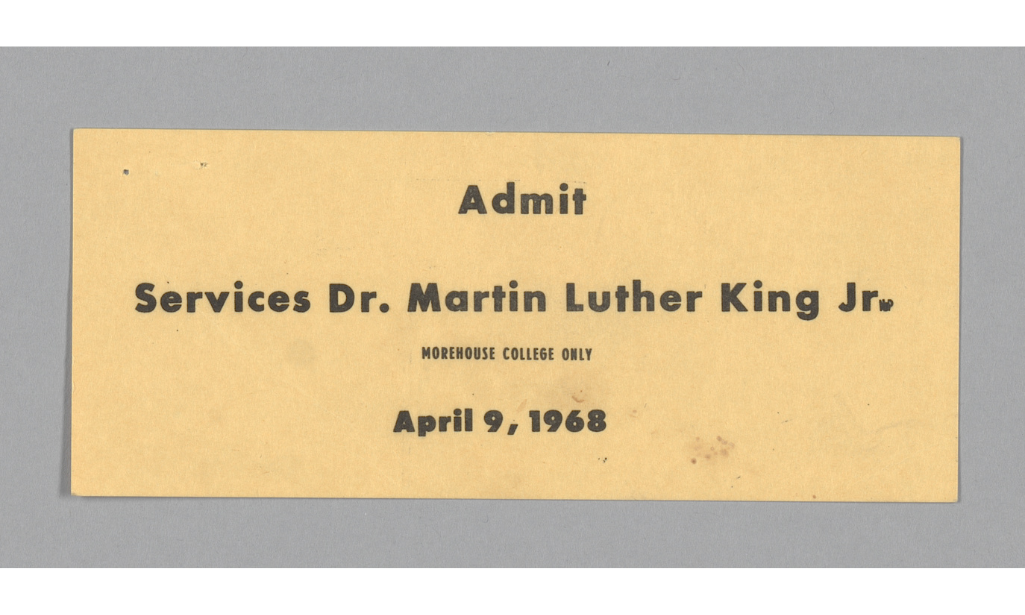
While there’s a variety of exhibits during Black History Month, this museum is a must-see any time of year. Not only does the NMAAHC offer interesting and historical artifacts related to African American history, it also helps all Americans better understand how their stories, histories, and cultures are shaped and informed by global influences. The Museum also focuses on what it means to be an American. It also shares how American values like resiliency, optimism, and spirituality are reflected in Black history and culture.

Additionally, and perhaps most importantly, the Museum opens the floor for dialogue on race, how to talk about it, and why talking about it helps the fight against prejudice and racism. Doing so also builds a sense of identity and self, and celebrates the diversity of humanity. In an age of tenuous race relations, the NMAAHC provides a forum for discussion, which can foster understanding and compassion.
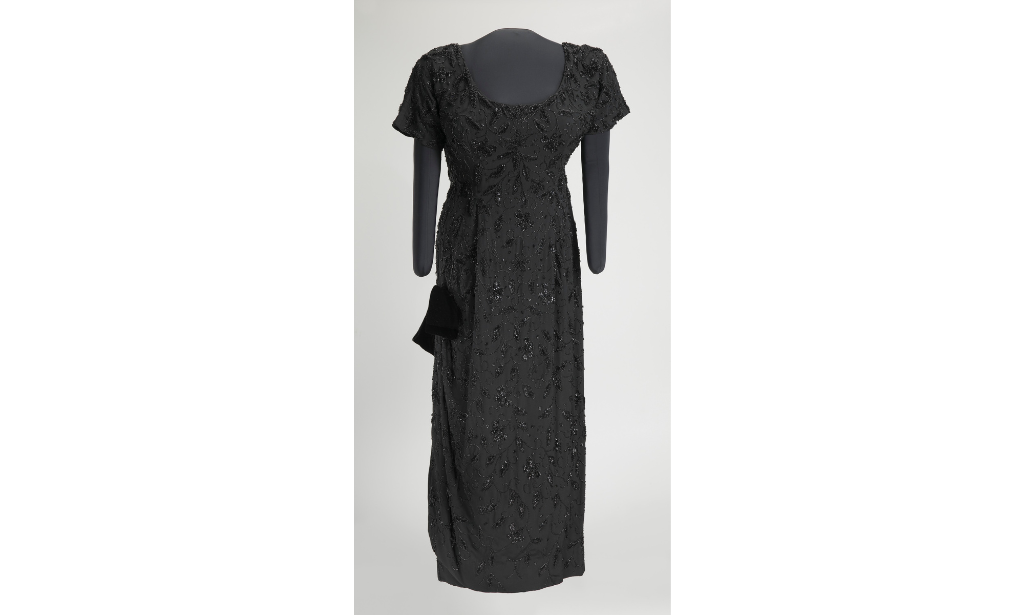
As a public institution, the NMAAHC welcomes all visitors to participate and learn more about African American history and culture. Though Black History Month is winding down, it’s always a good time to seek knowledge and try to better understand different cultures and histories and how they intersect. There isn’t a better place to do that than the National Museum of African American History and Culture.

Learn More About Black History!
To learn more about Black history all year-round, visit our blog page! Or take a field trip to see the Museum up close…or check out the Museum’s digital resources!






